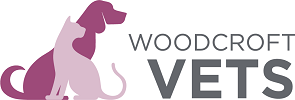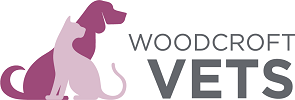Veterinary Physiotherapy
You need to accept our cookies policy first in order to view this content. If you wish to do so, please click or on Cookies Consent link in the footer to update your selection.
Veterinary Physiotherapy aims to utilise different hands-on skills with the aim to promote and speed up recovery to good independent function, maintain and prevent secondary preventable complications developing and restore the patient to good functional status.
Main aims of physiotherapy:-
Relieve pain
-
Restore mobility
-
Promote muscle strength
-
Alleviate painful muscular tension and trigger points
-
Enhance balance and gait
-
Increase fitness pre or post-surgery
-
Massage; effleurage, petrissage and tapotement are used to stimulate and relax muscles
-
Stretches and passive range of motion, aiming to Increase or maintain motion dependent on the individuals needs
-
Active exercises, ranging from assisted walking to obstacle courses and wobble cushions for the advanced patient
-
Electrotherapies such as laser therapy and pulsed magnetic field therapy to aid in wound repair, arthritis and muscular tightness
-
Is your dog stiff or lame, finding it hard to get up in the morning, stopped using the stairs and finding it hard to get in and out of the car?
-
Has your dog been diagnosed with arthritis, hip or elbow dysplasia, cruciate ligament disease or other musculoskeletal issues?
-
Is your dog due to have surgery or have they already had some form of orthopaedic surgery?
-
Does your dog suffer from any neurological problems such as interverterbral disc disease or wobblers?
If your pet needs veterinary physiotherapy, please don't hesitate to contact us and book an appointment.

